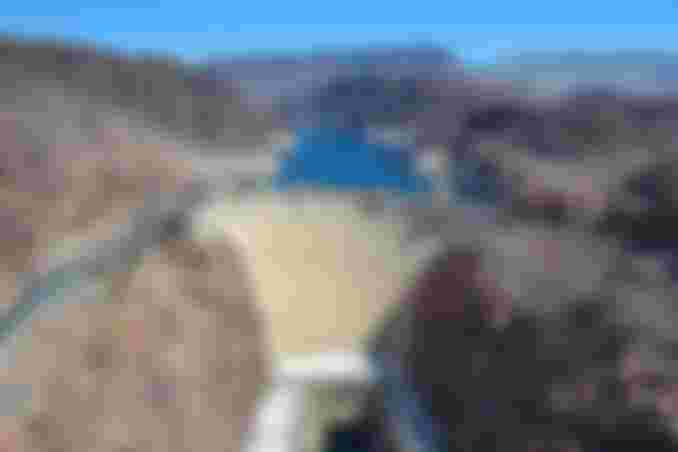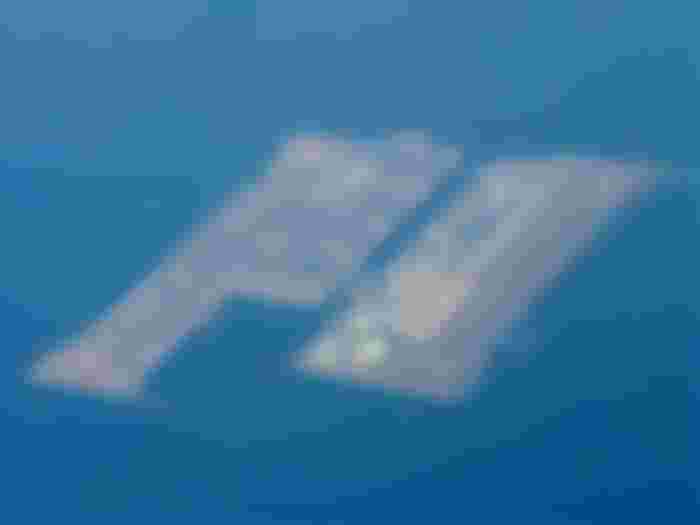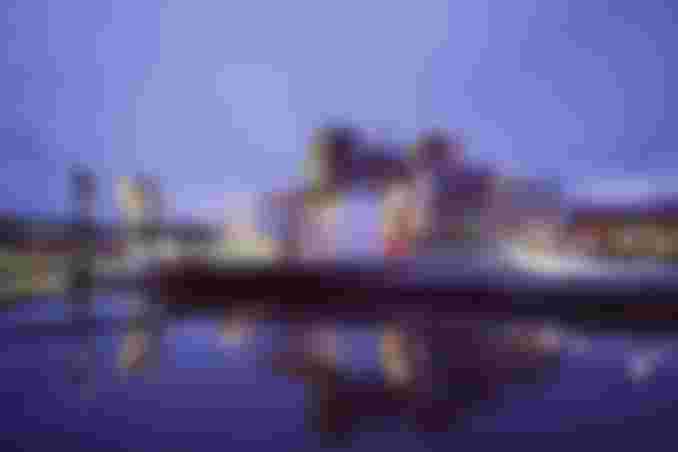Seven modern wonders There are many candidates for this list and here is a selection
Hoover Dam, USA

When it was built in 1936, the 22im high Hoover Dam was the largest in the world. A record 3.63 million cubic metres of concrete were used to make the structure, which controls the flooding of the Colorado River.
Deltawerken flood barrier, Netherlands

After a disastrous flood in 1953 engineer Johan van Veen designed the Delta Project, or Deltawerken. This is a series of interconnected dams that forms a movable sea barrier while preserving the habitat and sea life within it.
Kansai International Airport, Japan

This airport was opened in 1994 and stands on a 4 x 1.2km island which is entirely man-made. It was built with 48,000 gigantic blocks made from earth excavated by flattening three mountains, and designed to withstand earthquakes and typhoon winds. Its terminal building was designed by Italian architect Renzo Piano.
Channel Tunnel, England/France

Work on the second longest underwater rail tunnel in the world began in 1987. It took seven years and 15,000 workers to create the 50km tunnel (38km under sea), which opened in 1994 The tunnel links Folkestone in England to Sangatte, France.
Guggenheim Museum, Bilbao, Spain

The Guggenheim was built in 1997 to the design of Canadian-born architect Frank Gehry. It houses a major collection of modern art in a striking, ultra-modern setting. The structure combines limestone blocks of varied shapes, curved sections covered in panels of titanium (a light, strong metal) and large areas of glass.
The Eden Project, Cornwall, UK

About 1.8 million tonnes of earth were moved to make the foundations for the world's largest greenhouses. These are a series of domes, each devoted to a particular type of climate and housing 100,000 plants. The Eden Project was designed by Nicholas Grimshaw, and opened in 2001. It is now one of the UK's most popular tourist attractions.
EnviroMission Solar Tower, New South Wales, Australia

This has not yet been built, but has been designed by German engineer Jörg Schlaich. It will comprise an area of solar panels, 5km in diameter, that will absorb the Sun's rays. The heat generated from the solar panels will rise through the 1km high tower to drive turbines and produce electricity.







Oww!I just loved your article!I have come to know a lot of new things from your writing that I didn't know earlier.Who doesn't love exploring new things new places new architectures?Hope one day will pay a visit to this beautiful places! Thanks a lot for sharing with us!